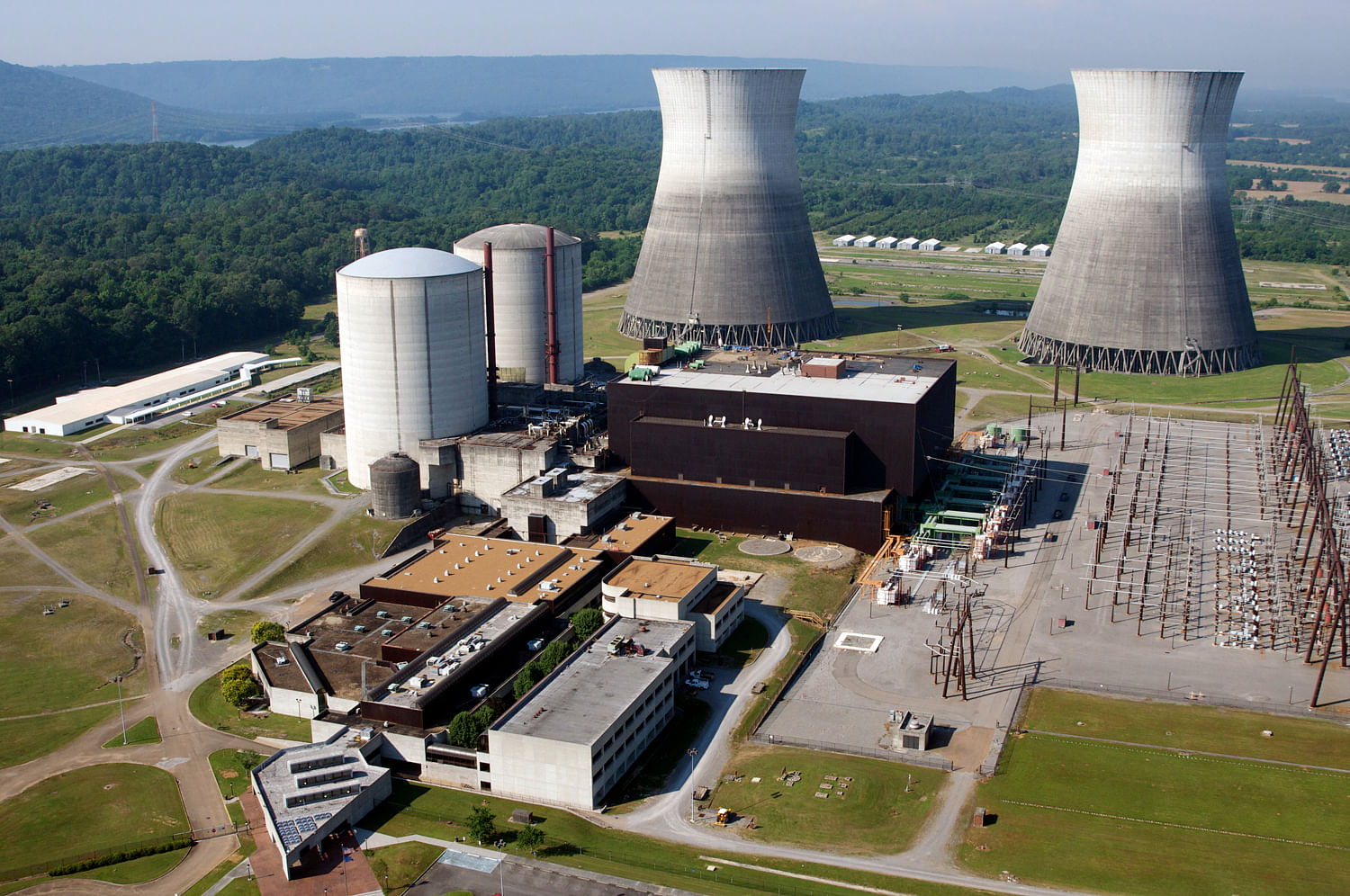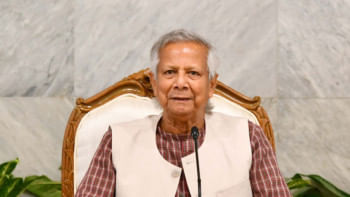Six decades of nuclear power

THE nuclear industry will celebrate the sixtieth anniversary of nuclear power on June 27. On this day in 1954, the world's first nuclear power plant, APS-1, with a generating capacity of 5 MWe became operational at Obninsk in the former Soviet Union, now in Russia.
The generation of electricity from nuclear fission did not take place all of a sudden. The pursuit to convert mass into energy following the principle of Albert Einstein's mass-energy equivalence, E = mc2, started in the early 20th century soon after the discovery of radiation from radium. In 1932, James Chadwick discovered neutron, a sub-atomic particle capable of causing fissions of uranium nuclei. The first nuclear chain reaction was achieved in Chicago by Enrico Fermi on December 2, 1942.
During the late 1930s, research on nuclear energy was directed mostly to the development of nuclear weapons. It culminated in the dropping of two atom bombs in Hiroshima and Nagasaki in August 1945. After World War II, nuclear energy research was devoted mainly to generation of electricity and also to naval propulsion. Eventually, electricity was generated for the first time on a laboratory scale by a nuclear reactor on December 20, 1951, at the EBR-1 experimental station in Idaho in USA and the first nuclear powered submarine, USS Nautilus, was launched on January 21, 1954.
APS-1 was moderated by graphite and cooled by water. A moderator slows down the neutrons and increases the rate of nuclear fissions inside a reactor while the coolant cools the reactor and takes away the heat to generate electricity. The world's first commercial nuclear power reactor, Calder Hall, moderated by graphite and cooled by carbon dioxide, became operational in 1956 at Windscale in England. The United States built its first commercial nuclear power reactor, moderated and cooled by water, at Shippingport in 1957. Canada built a 22 MWe Nuclear Power Demonstration (NPD) reactor, moderated and cooled by heavy water, in 1962 at Rolphton, Ontario.
These were prototypes or generation-I nuclear reactors. Most of the current operating reactors evolved from these prototypes. The commonly used nuclear power reactors include pressurised water reactors (PWR), boiling water reactors (BWR) and pressurised heavy water reactors (PHWR). The graphite moderated reactors (AGR and RBMK developed by the United Kingdom and Russia respectively) are not being pursued any more.
Most of the currently operating reactors are classified as generation-II reactors and will gradually be phased out. They are likely to be replaced by more advanced generation-III reactors which are already in operation. Generation-III light water reactors include advanced boiling water reactors (ABWR) and advanced pressurised water reactors (APWR). They incorporate passive safety systems that come into operation without the requirement of any action by the operator. These reactors are safer than generation-II reactors. Generation-IV reactors, likely to be smaller, safer and more economic than generation-III reactors, are still on the drawing board and may be available around 2030.
In some reactors, nuclear fissions are caused by fast neutrons. Such reactors are called fast reactors and are designed to produce fissile nuclear fuels. Some fast reactors produce more fissile fuels than they consume and are known as fast breeder reactors (FBR). FBRs have been under development in several countries.
Even though nuclear reactor safety improved steadily and significantly over the years, the nuclear industry did not have an easy sailing since its inception. Several nuclear accidents jolted the nuclear industry from time to time. Three major accidents occurred, in the Three Mile Island Nuclear Power Plant in USA in 1979, the Chernobyl Nuclear Power Plant in former USSR (now in Ukraine) in 1986 and the Fukushima Daiichi Nuclear Power Plant in Japan in 2011. Many countries in Europe like Germany, Sweden, Italy, Spain, Switzerland and Belgium decided to phase out nuclear power. Japan has closed all its nuclear power plants. The decision to phase out or close nuclear power plants was, however, taken on political considerations without performing any scientific study on the safety of the nuclear power reactors.
Nuclear power has the least number of fatalities per unit of generated electricity in comparison with other sources of energy. Coal has the highest mortality rate of 170,000 deaths/trillion kWh followed by oil with 36,000 deaths/trillion kWh. Nuclear power has the lowest rate of 90 deaths/ trillion kWh.
At present, 436 nuclear power reactors with a combined generating capacity of over 374,000 MWe are operating in 31 countries producing over 11% of the world's electricity. Closures of all the nuclear power plants will sharply increase the demand and the prices of other fuels, mainly oil and coal, making electricity generation prohibitively expensive. The cost of replacement of nuclear power with renewable energy is estimated at €1 trillion in Germany alone. The Wall Street Journal reported in August 2012 that “shutting down the Japanese nuclear industry entirely would bankrupt four of the country's largest utilities.” Higher consumption of fossil fuels will aggravate the global warming scenario and higher prices may trigger another economic recession.
France generates 75% of its electricity from nuclear energy and has a generation-III reactor under construction. The UK has 16 reactors producing about 18% of its electricity. It also has plans to build 16 GWe of electricity to be operational by 2030. In the USA, the world's largest producer of nuclear power with 104 reactors in operation, five new reactors may come online by 2020. Russia, Finland, China, India, Pakistan and South Korea are continuing with expansion of their nuclear power programmes. UAE has four nuclear reactors under construction. Turkey, Belarus, Vietnam and Bangladesh have plans to build their first nuclear power plants.
Nuclear power does not produce any greenhouse gases. It is economic compared with imported fossil fuels and renewable energy. The improved safety, economy and reliability of the advanced reactors will steer nuclear power to celebrate many more anniversaries for a long time.
The writer is a former chief engineer of Bangladesh Atomic Energy Commission and author of “Rooppur & the Power Crisis.”

 For all latest news, follow The Daily Star's Google News channel.
For all latest news, follow The Daily Star's Google News channel. 



Comments